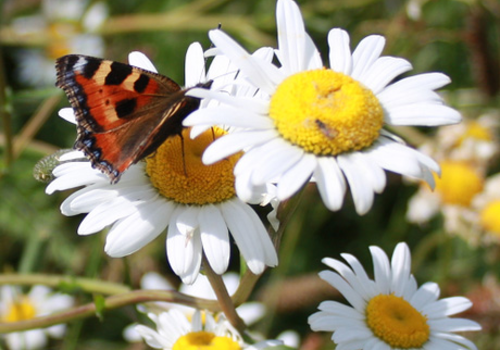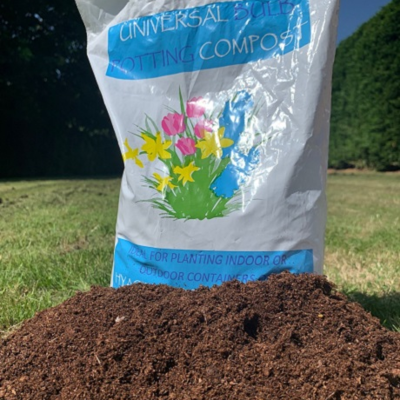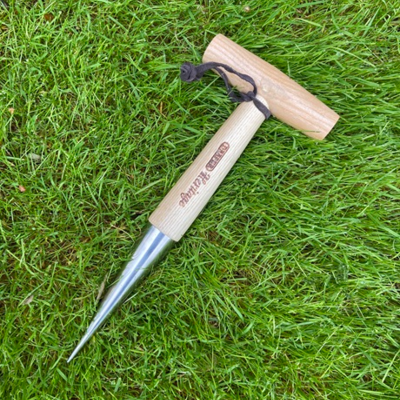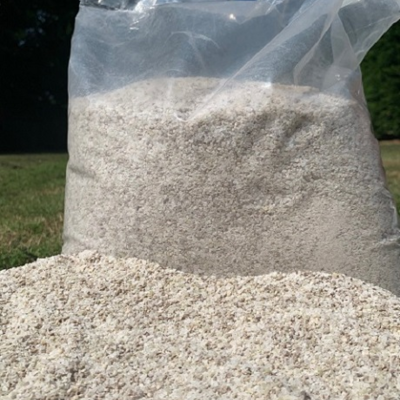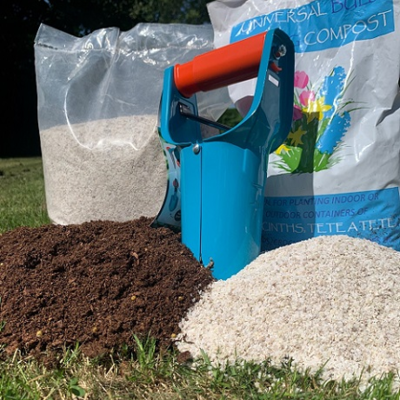Allium Bulbs
Allium flower bulbs will be available to order from spring 2025 for delivery and planting in autumn 2025.
Creating the most magnificent display, Alliums come in all sorts of shapes and sizes. Although a firm favourite with avid gardeners, these are most popular with bees, butterflies and insects who cannot resist those nectar-rich flowers. Gigantic alliums such as Giganteum will create drama planted in borders, whilst Wild Garlic will fill the air with its scent after those early spring showers.
Like everything we supply here at Boston Seeds, we pride ourselves on supplying professional quality - and for flower bulbs, that means BIG! Our bigger bulbs produce bigger, better and bolder flowers. Choose from our exciting range of varieties - allium surprise bulb collection, old favourites, garden classics as well as striking new lines for 2025.
Don't hesitate to get in touch to speak to one of our experts or request a catalogue to view our full range. Ordering regularly or looking for large volumes? Click here to apply for a trade account today - we review all applications within one working day.
Specifically designed to help bulbs establish in pots and borders, without the risk of the bulbs rotting, providing an open and free-draining soil structure.
- Ideal for planting with Narcissi, Crocus, Hyacinths and other spring-flowering bulbs
- Universal bulb planting fibre
- 500gm bag - This pack is sufficient for 3 x 1-litre pots
This item is currently unavailable
The ultimate tool for planting quickly and easily your plants and bulbs. A quality, solid ash handle securely fitted to a stainless steel blade, the traditional design is ideal to assist in planting your plants and bulbs into beds, borders and grassland.
- Made of high quality polished stainless steel
- Ash handle - sourced from a sustainable source
- Soft leather strap - ideal to hang up
- Perfect for planting wildflower plug plants and small bulbs such as snowdrops, bluebells, crocus and more
Our flowering bulb fertiliser has been specifically designed to help your spring-flowering bulbs flower to their full potential. Whether you are establishing in pots or containers, sprinkle a small amount into each hole prior to planting your bulbs. Also suitable for use in early spring to encourage your bulbs to flower well in the following season.
- Tailored to give your bulbs all the nutrients they need
- Can be mixed with compost or Bulb Fibre
- NPK - 12.11.18 + MgO
- Recommended coverage: 5kg per 200sqm. Apply at 25g/sqm
- Not suitable for use with Wildflower Bulbs
This item is currently unavailable
Our bulb planting essentials pack has been put together for the ease of ensuring quick planting and a great display. The bulb planter will help you plant the bulbs with ease whilst the fibre will ensure the bulbs do not rot when planted into pots or containers. Using the bulb fertiliser will ensure your bulbs have all the nutrients they need whilst establishing.
- 1 x Bulb Fibre
- 1 x Bulb Planter
- 1 x Bulb Fertiliser
This item is currently unavailable
Alliums: Advice On How To Grow Them (And Why!)
If you’ll pardon the pun, this bulb flower has a real way of growing on you; it produces medium-to-tall upright stalks ending in a bold globe of fluffy-looking florets in a rich violet colour (though several species have lighter lilac petals). These punchy, purple pom-poms have a real way of drawing the eye - as such, you’re best scattering them evenly throughout a sunny border or a tall, grassy meadow. They’re also excellent cut flowers!
Fun Facts
The ornamental allium symbolises unity and patience. Fitting, as it grows dozens of florets in one bulb. In fact, the word “onion” is derived from the latin word unio, as in union!
There aren’t many myths surrounding onions, as you may expect from a plant most commonly seen in the kitchen; however, there are some myths linking them to the magic of tears and the importance of emotional release.
How to grow
Alliums are best planted early-to-mid autumn, and typically flower from May to June. They require well-drained soil and plenty of sunlight - be wary of cold or wet conditions where the bulbs may rot. Their tall, upright stems also require protection from the wind.
Smaller species of allium should be planted,tip up, roughly 10cm apart; taller species require 20cm between each bulb. Ideal planting depth is 3 times the bulb height and alternatively, they can be planted in containers.
Alliums are tolerant to drought, prefering a sunnier aspect, and dislike being watered in the summer. Alliums grown in containers will need regular watering, but take care that they don’t get too damp.
Alliums have sparse foliage at the base that will begin to die at flowering time. You can cover these up with lower-growing flowers, or remove them to no ill effect.
Species & Styles
Popular allium species include Gladiator and Giganteum: these are formidable flowers in terms of size alone, with their flower heads growing 10-25cm across! Similarly, the well-named Mount Everest is one of the taller allium species at an average of 90cm tall.
Thinking about mixing and contrasting colours? The more popular varieties are iris purple, but there are plenty of others: the aforementioned ‘Mount Everest’ breed, as well as the smaller Graceful’ Beauty breed, both have a pale silver-lilac colouration. The later-blooming Allium atropurpureum and Allium sphaerocephalon have smaller, denser flower heads that bloom in a richer magenta (and the latter is accented with green).
Bright orange and yellow plants lend themselves to an eye-catching, summery effect. For a softer look, try a pale white or pink plant, or a plant with silver foliage.
Buy With Confidence

